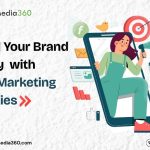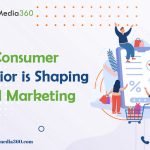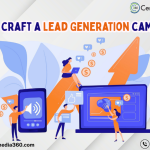How to Measure Content Engagement

Content Engagement is frequently the main goal of the content. You want people in your target audience to read it, understand it, and relate to it. But how can you tell whether your Content Engagement is actually working? How can you start to comprehend the influence of your content and determine the true worth of Content Engagement?
Your business is driven by content. Its duty is to draw customers to your brand and the assistance you provide in overcoming their issues. And despite widespread claims to the contrary, it is very feasible to gauge the impact of your work.
While there are hundreds of possible indicators you may monitor to gauge Content Engagement, it’s ideal to concentrate on a small number that provides you with the most insightful data to enhance your Content Engagement strategy. Here are a few of the most typical for you to think about.
Pageviews for Content Engagement
Pageviews, or the number of visits to a certain website, are a statistic that almost everyone monitors. Though it’s relatively simple to measure and a more all-encompassing metric than many others, don’t assume it’s the most crucial one. Your pageviews and traffic will grow if your online efforts are bringing a lot of visitors to your website, but this doesn’t necessarily indicate how engaging your content is.
To gain useful insight into how your content is performing, you must combine this data with additional, more targeted analytics. For instance, it is a significant warning sign that you need to make adjustments if your page views are increasing but other engagement metrics are decreasing.
Bounce Rate
A measure linked to time spent on the page is the bounce rate. Your bounce rate essentially shows you how many visitors visit your site, view one page, and then depart.
A high bounce rate may indicate that consumers are quickly obtaining the information they need, which is not always a bad thing.
However, it’s important to monitor both the average bounce rate for your entire site and the bounce rate for each individual page. You should strive for a low bounce rate if your goal is to retain visitors to your site and read more of your material.
By making content, user experience, and internal linking improvements, you may frequently reduce your bounce rate.
Duration on Page for Content Engagement
The time spent on the page reveals how long visitors looked at a certain piece of information on your website. Engagement depends on how long a user spends on the page itself. They read more or watch more as they linger. Session length, which you can check in Google Analytics, is not the same as this. Google counts all the pages a person views after calculating the overall time they spend on your website.
The length of your material will affect how long it takes to read; clearly, longer pieces take longer to read than shorter ones. However, if visitors spend very little time on your website, this suggests that they are seeing your content (perhaps drawn in by a catchy headline) and then leaving because they are not interested. This is not good.
You can get a good notion of the material that people are engaging with most and least using Google Analytics. You should be able to learn from this how to produce more interesting material in the future.
Signups for Email
You want readers of your content to become leads or buyers. They’ll be interested in finding out when you post new material if it offers insights and challenges the way they think about their issues.
Having email signups is crucial to your content because of this. It is an additional crucial KPI for your content marketing strategy. The ideal approach to do this is to incorporate email signup right into your blog. It should be straightforward and require simply an email address.
Then you have the means to interact with and nurture your lead, and 61% of consumers still like this form of interaction over other forms of communication.
Do You Fully Utilize Your Content Analytics?
Monitoring your content analytics is crucial for determining your success and enhancing your content strategy. However, it might be perplexing, particularly if you use the built-in statistics from many platforms.
Needless to say, there are various metrics that we can follow along the way of our content creation journey. However, a few bullet points of goals should be considered beforehand for a successful content creation journey.






